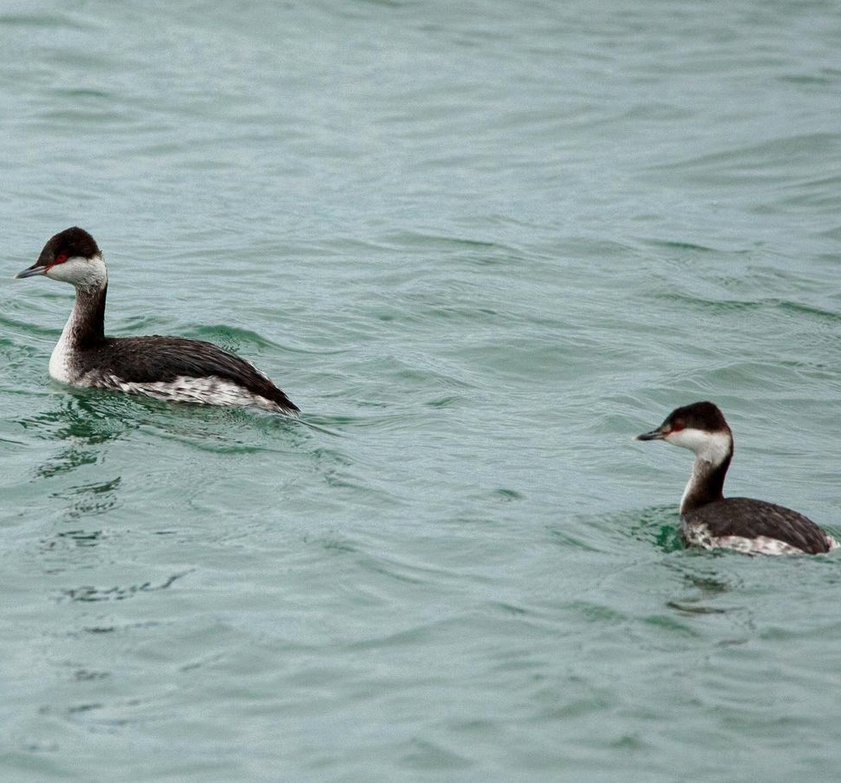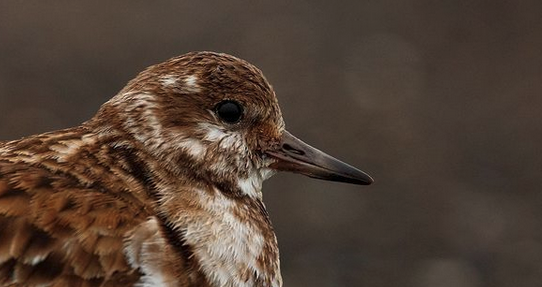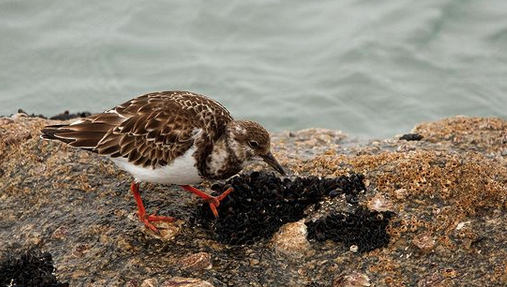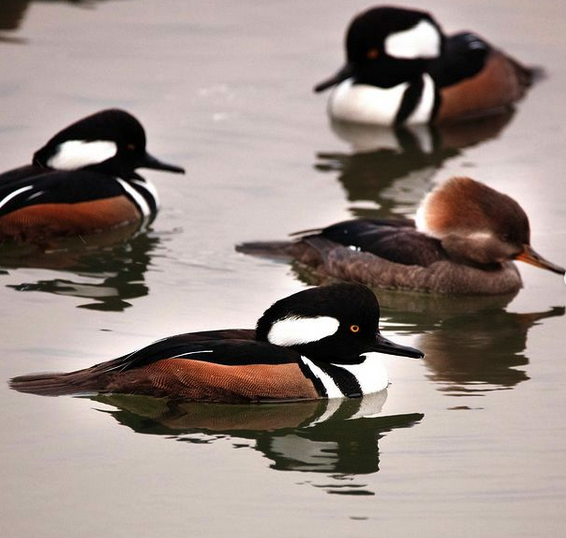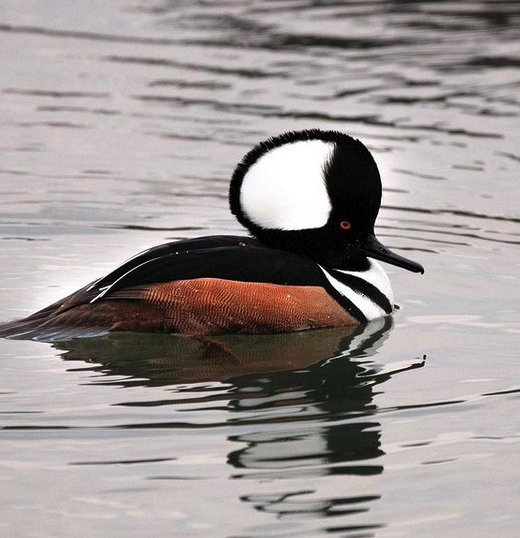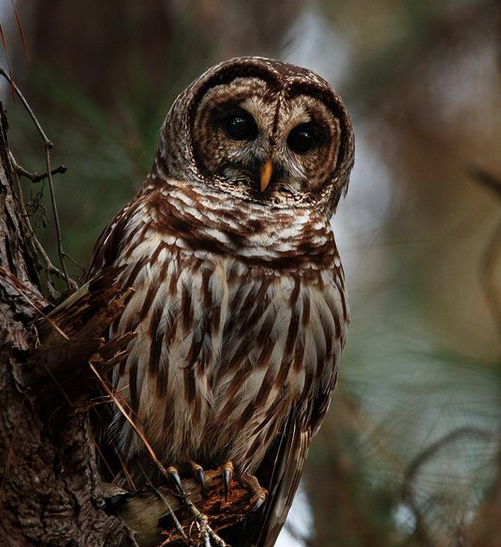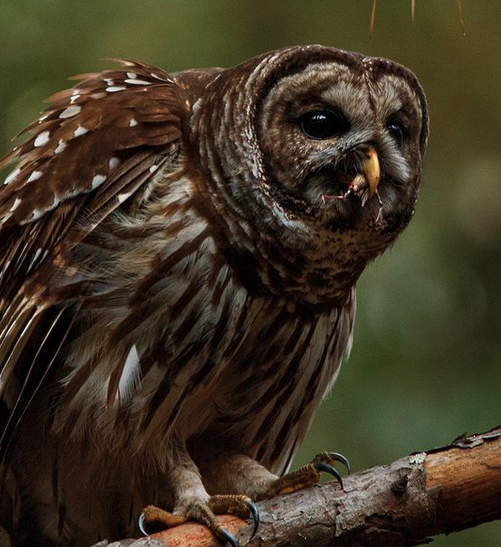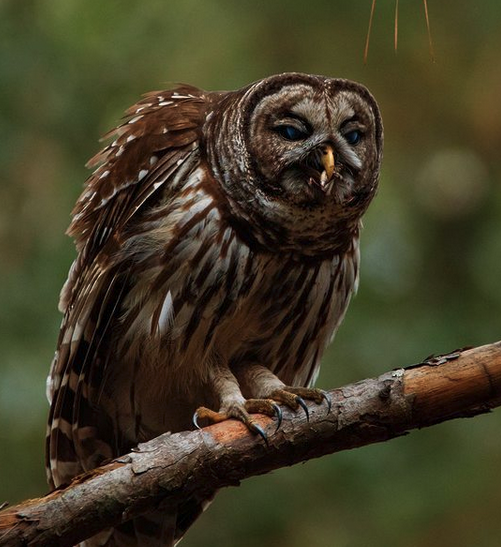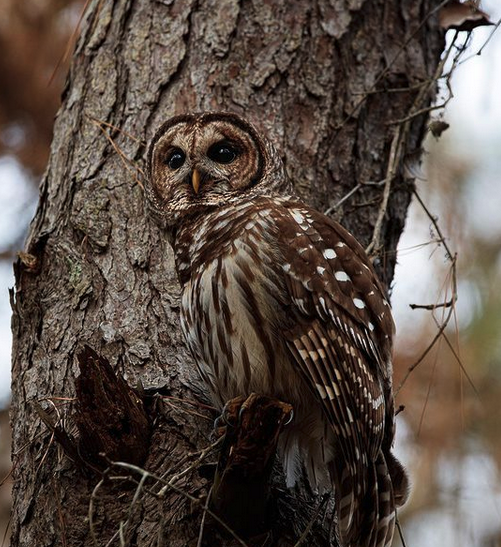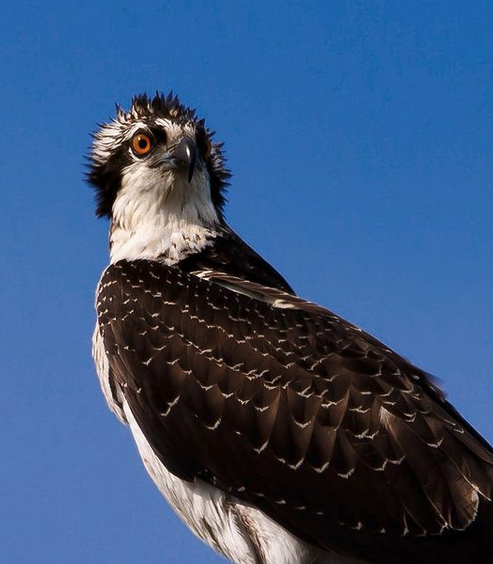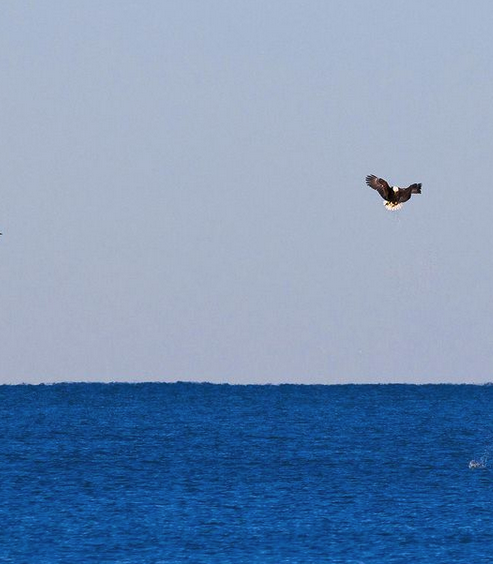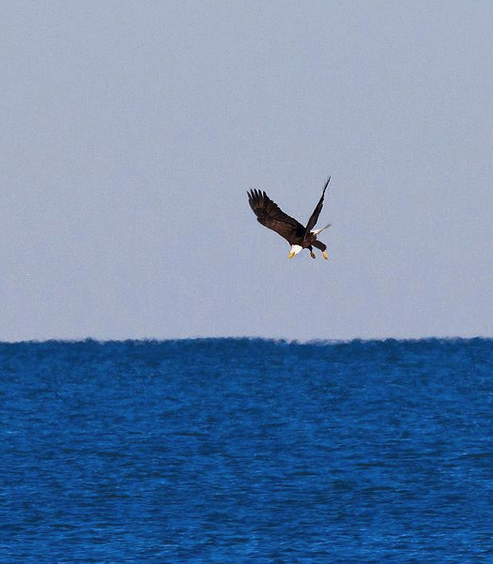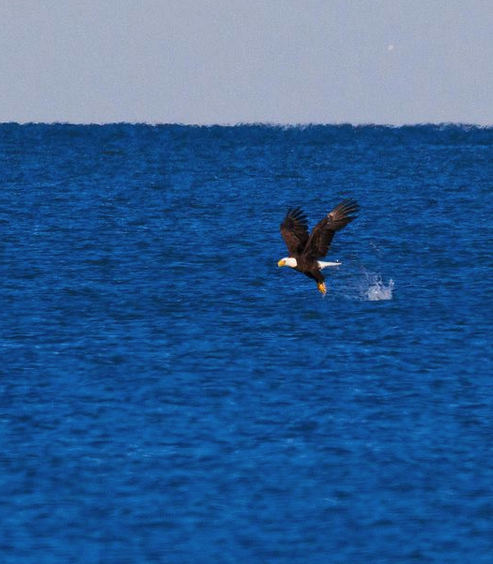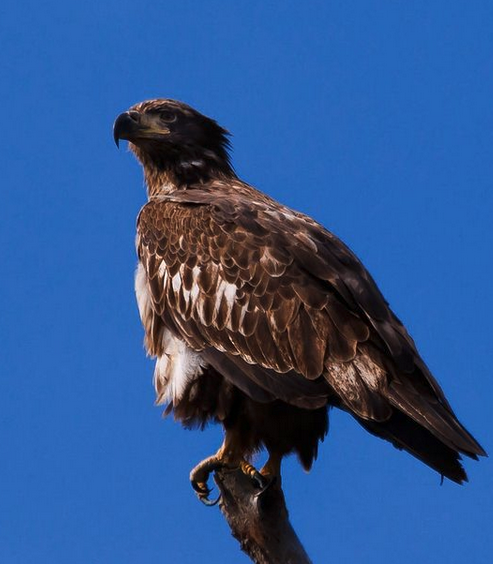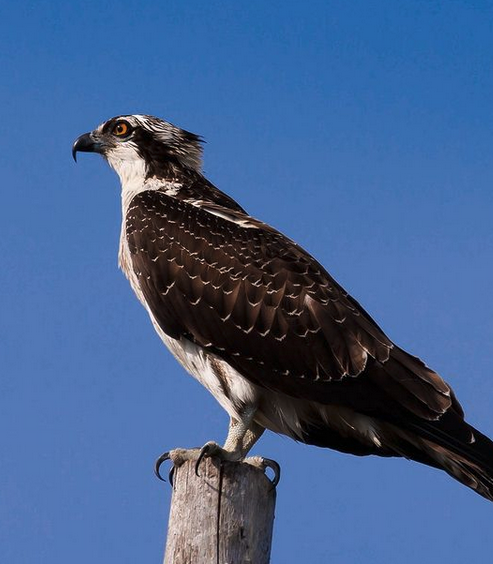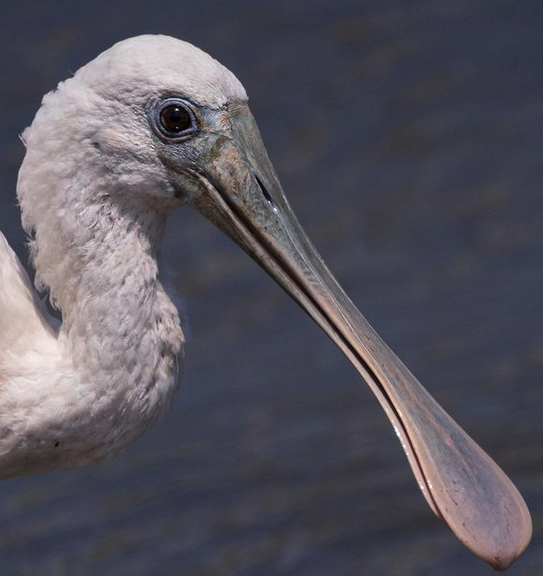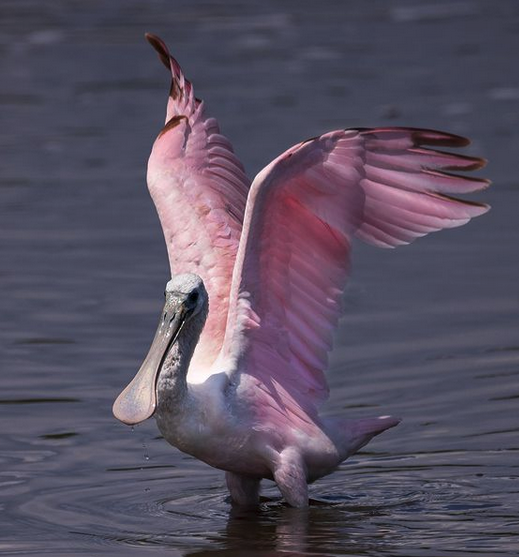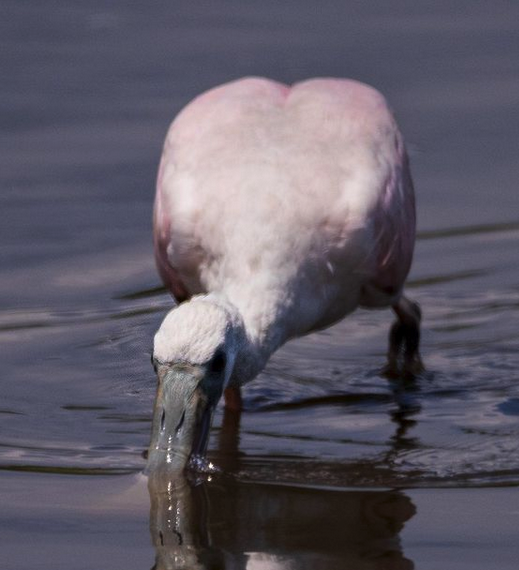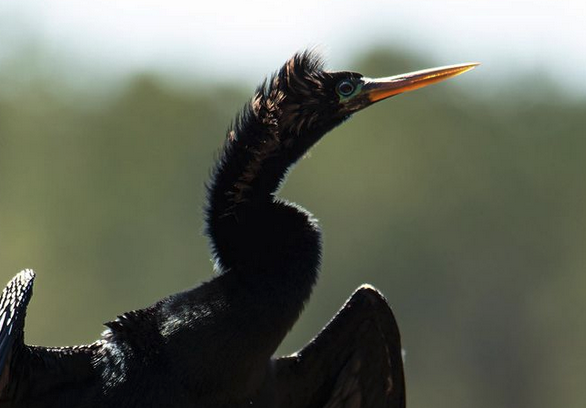
There’s a lot of bird activity going on now that spring has arrived. It seems that every time I step outside there’s something new to see.
During a visit to Huntington Beach State Park last weekend, I had a chance to watch a pair of Anhingas building their nest which was really neat!

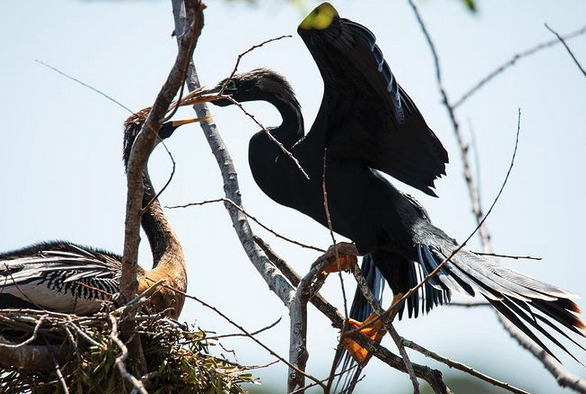
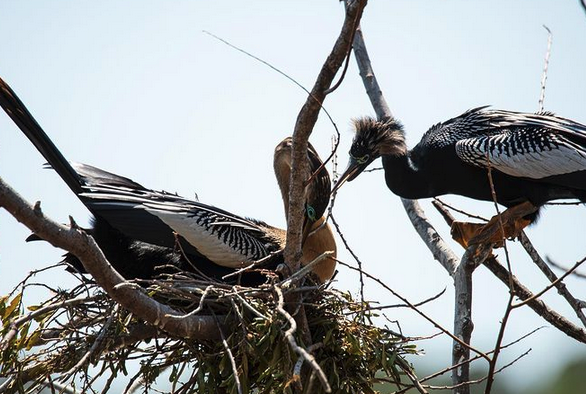



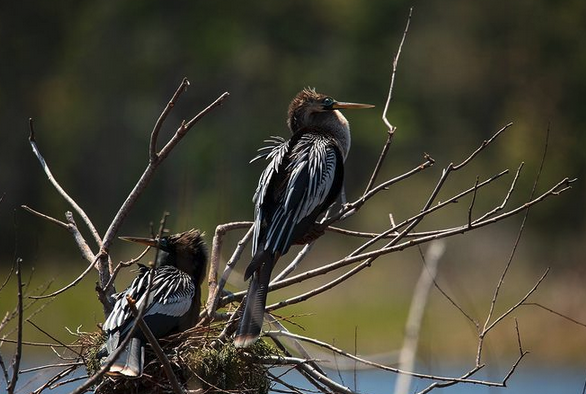
The male flew in carrying a stick which he awkwardly presented to his mate who was sitting on the nest.
After a minute or so she accepted the stick and carefully tried pushing it into the nest in various spots while the male watched her intently.
A few times the male tried to “help” his mate decide where the stick should go but she appeared to get agitated by him, eventually deftly threading the stick into a spot of her choosing.
Once the stick was intact they both seemed to relax lol!
Yet, perhaps the Anhingas shouldn’t relax too much…
If you look closely at the photo below, you can see a pile of large alligators laying in the mud directly below their nest.
One can only hope that their future chicks will learn to fly before they ever touch the ground to avoid the gators waiting jaws.

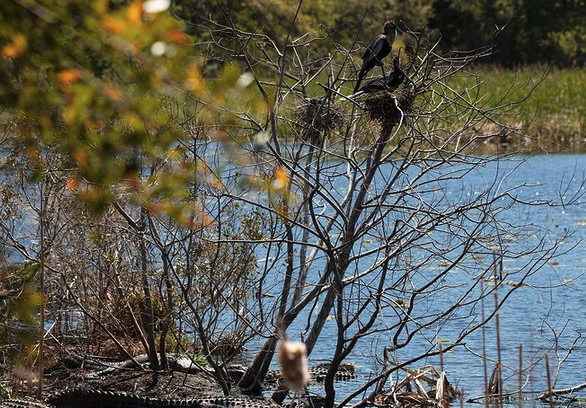
Anhingas are best found in the coastal counties of the Carolinas. You can spot them hunting for a meal along brackish & freshwater rivers, lakes, ponds, and swamps.
Masters of underwater hunting expeditions, the Anhinga uses its sharp bill to spear its prey, flips it in the air, and then swallows it head-first!
They dine primarily on fish but also will snack on small crustaceans, reptiles and invertebrates.
Anhingas are generally spring and summertime residents of the Carolinas however quite a few do spend the winter in the Wilmington and Murrells Inlet areas.
Look for them throughout the rest of the eastern regions from March through September.
Photos by @sally_siko of @birdwatching_nc on my beloved full frame 50MP beast, the mighty @canonusa #5Ds


